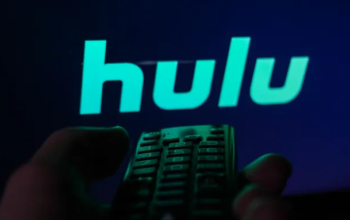The printed barcode with its vertical black lines has made modern life possible. Created over four decades ago, its designer had no idea what an impact it would have years later. Shockingly he didn’t make a dime from it.
Barcode QR Code Aztec Code (Colourbox)
Their black vertical lines on a white backdrop are everywhere. Zebralike, they greet shoppers at the toy store, are stuck to bananas at the grocers and Amazon could never deliver so many things without them. Barcodes make life easier and no one really notices them until the cashier can’t scan one and has to — reluctantly — manually type in the product number.
“For all the talk of technological breakthroughs today, arguably the quiet triumph of 20th century technology for the retail sector has been the barcode. Retailing might be simple, but it isn’t easy,” Jonathan Reynolds, academic director of the Oxford Institute of Retail Management at Oxford University, told DW. The barcode is a “compact, elegant and flexible solution,” he added.
The barcode is so universal it’s hard to believe someone actually had to invent it. But someone did. At the request of the grocery industry, and tweaking the earlier work of others, American engineer George Laurer headed a team that created the “universal product code,” or UPC, and the necessary scanning equipment. It was first used to buy a package of gum at a supermarket in Ohio in 1974.
Barcodes have evolved over the years. Some are long, some are short. Most have numbers attached to them, others don’t — like these packages of sugar in a Berlin supermarket
The grocery industry, which sells baskets full of cheaper goods, had a real incentive to make the checkout process easier, faster and more accurate. According to sources at the time, barcodes made checkout lines 40% quicker while also eliminating the need to put individual price tags on each item — or change them when prices went up or down. They also stopped customers from swapping price stickers on products. With more advanced software, it was soon possible to see what was selling well and have up-to-the-minute inventories.
A hard sell at first
Despite all the promised advantages, the uptake of barcodes was slow. Retailers were reluctant to invest in the necessary scanners. They didn’t want to sink cash into technology that would possibly not last long.
Additionally, many shoppers were leery that their purchases could be tracked, or worse they would be cheated because the price was no longer printed on each item. Conspiracy theories followed. With today’s constant surveillance this seems like a quaint idea, but at the time barcodes were a tough sale.









